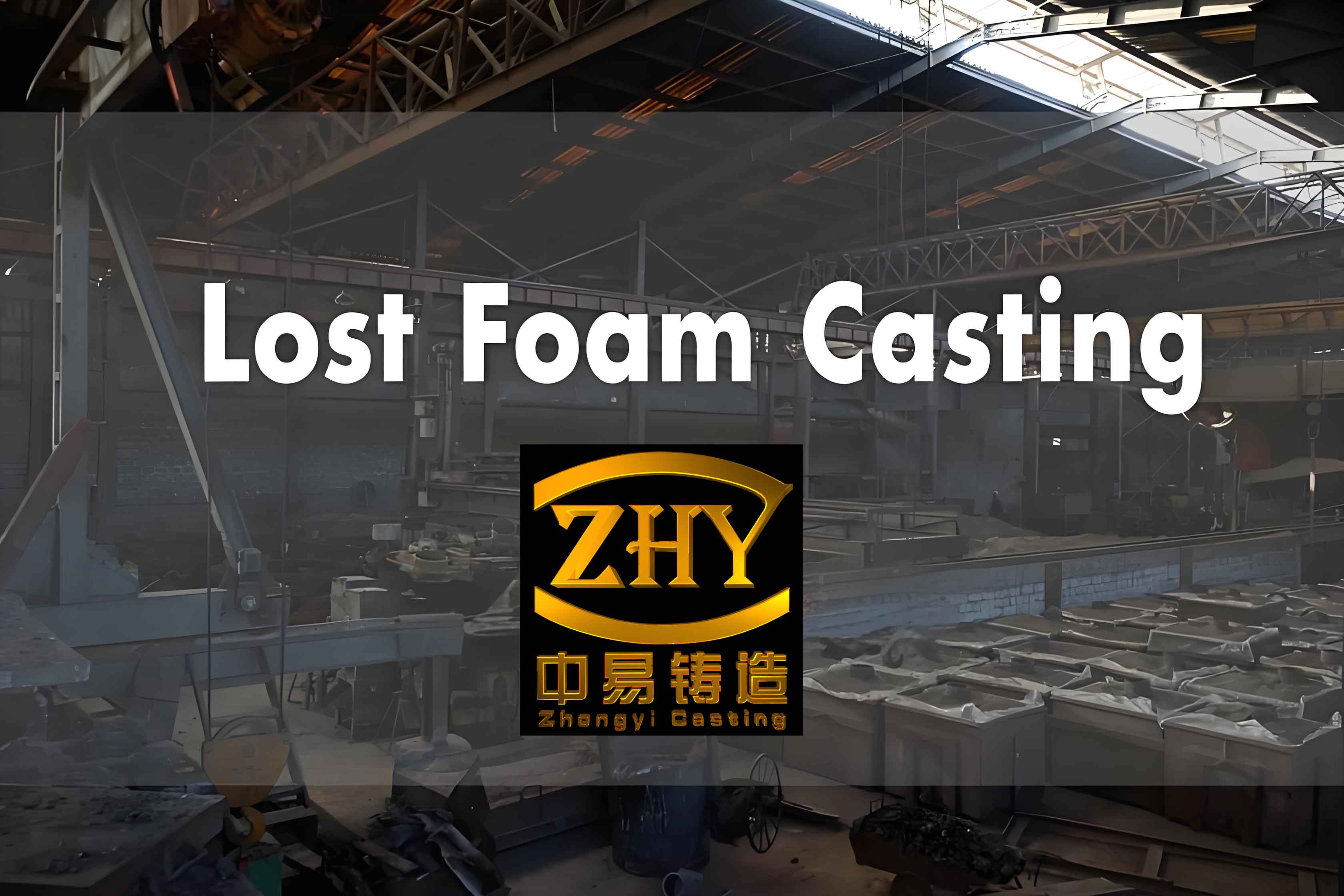Lost foam casting, recognized for its high dimensional accuracy, smooth surface finish, and environmental advantages, has become a competitive alternative to traditional sand casting. This study focuses on optimizing the vacuum-assisted lost foam casting process for thin-wall gray iron gearbox housings (Types A, B, and C) used in agricultural machinery. Key parameters including gating system design, sand-filling strategy, carbon equivalent (CE), vacuum pressure, and pouring temperature were systematically evaluated to address defects like leakage points, slag inclusions, and cold shuts.

1. Process Parameters and Initial Defect Analysis
The gearbox housings (Table 1) exhibited wall thicknesses of 5–7 mm and required 3 kg/cm² hydraulic pressure testing. Initial trials using bottom-gating systems with 6–8 castings per mold showed:
- Leakage rates: 18–22%
- Surface slag inclusion frequency: 12–15%
- Cold shut occurrence: 8–10%
| Part | Dimensions (mm) | Wall Thickness (mm) | Weight (kg) |
|---|---|---|---|
| A | 780×450×440 | 5–6 | 100 |
| B | 680×320×245 | 6–7 | 100 |
| C | 440×420×380 | 5–6 | 68 |
2. Gating System Optimization
A three-stage approach was implemented to improve metal flow dynamics:
| Parameter | Original | Optimized |
|---|---|---|
| Gating Ratio (Sprue:Runners:Gates) | 1:1.3:1.7 | 1:1.1:1.5 |
| Pouring Time (s) | 40–58 | 28–35 |
| Gate Velocity (m/s) | 0.8–1.2 | 1.5–1.8 |
The modified system incorporated dual sprue cups (Ø70 mm) and multi-level gates, reducing turbulence through the relationship:
$$
Q = A \cdot v = \frac{\pi d^2}{4} \cdot \sqrt{2gh}
$$
Where \( Q \) = flow rate, \( A \) = cross-sectional area, \( v \) = flow velocity, \( h \) = metallostatic head.
3. Vacuum Pressure and Thermal Parameters
Experimental results demonstrated the interdependence of vacuum pressure (\( P_v \)) and pouring temperature (\( T_p \)):
| Variable | Range | Optimal Value | Defect Reduction |
|---|---|---|---|
| Vacuum (MPa) | 0.04–0.052 | 0.049 | Leakage: 62% ↓ |
| Pouring Temp. (°C) | 1,470–1,540 | 1,510–1,520 | Cold shuts: 91% ↓ |
| CE (%) | 3.6–4.3 | 4.1 | Slag: 78% ↓ |
The carbon equivalent relationship was optimized as:
$$
CE = \%C + \frac{\%Si}{3} = 3.5 + \frac{1.8}{3} = 4.1
$$
4. Mold Filling Strategy
The “pressure-bearing surface down” orientation combined with vacuum assistance improved dimensional stability by 40%. The vacuum pressure gradient during filling followed:
$$
\frac{\partial P_v}{\partial t} = k \cdot \left( \frac{T_p^{1.5}}{\mu \cdot \rho} \right)
$$
Where \( k \) = foam degradation constant, \( \mu \) = gas viscosity, \( \rho \) = gas density.
5. Production Validation
Batch trials (300+ castings per type) confirmed:
- Leakage rate: ≤2%
- Slag inclusion frequency: ≤1.5%
- Dimensional accuracy: CT10–CT11
This optimization framework demonstrates that lost foam casting can reliably produce complex thin-wall iron castings when process parameters are systematically controlled. The methodology provides a template for similar precision casting applications requiring pressure-tight components.
